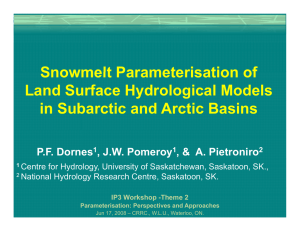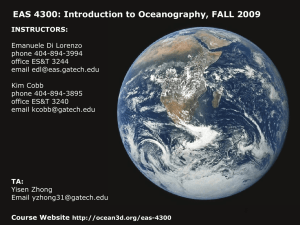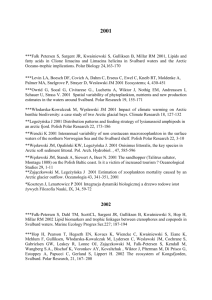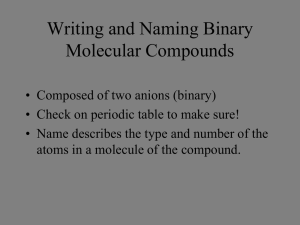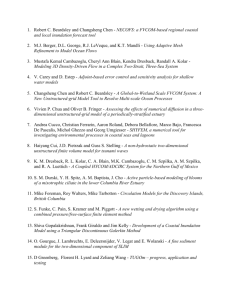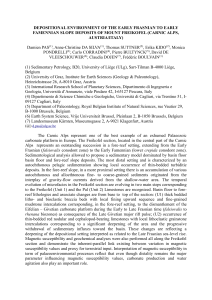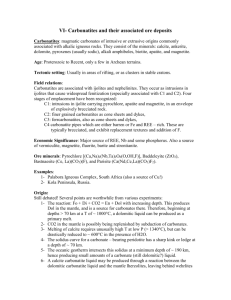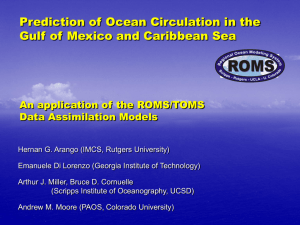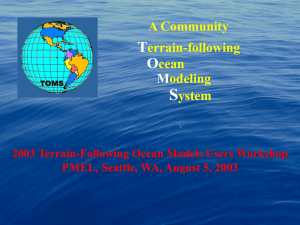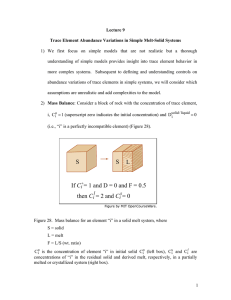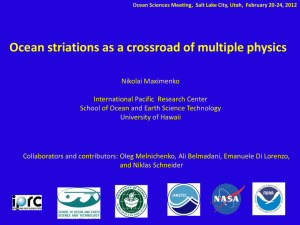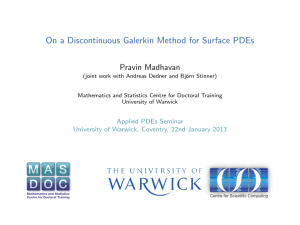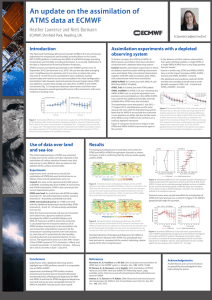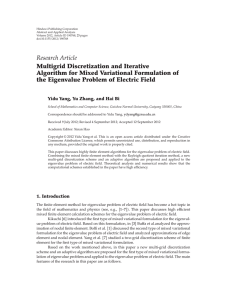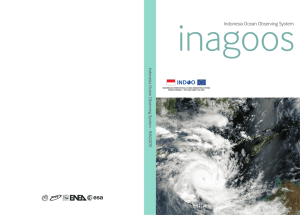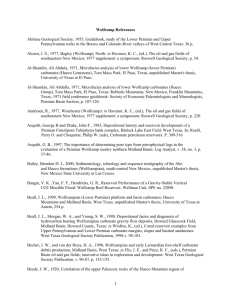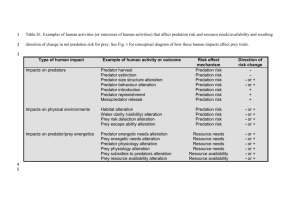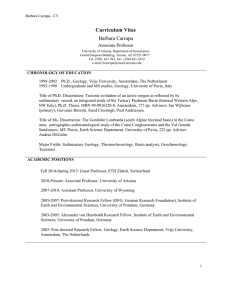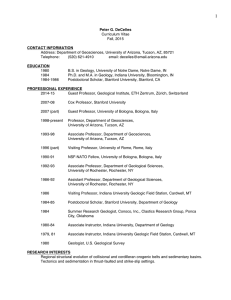10437_Cai-ed_S6_noeditsneeded - PICES
advertisement
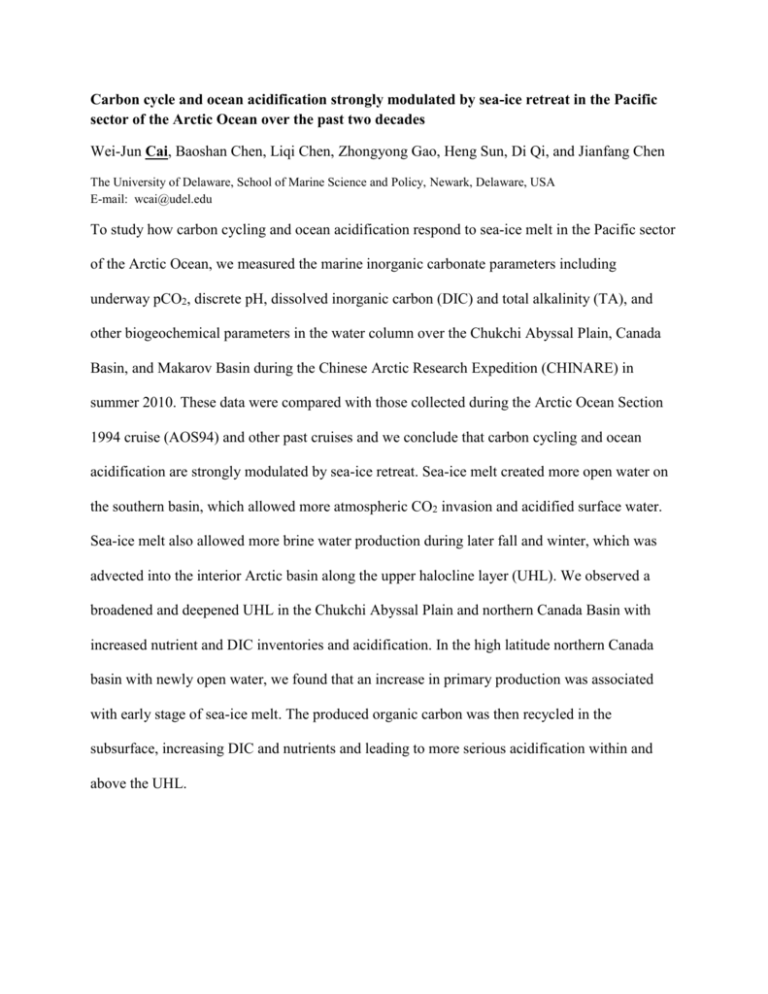
Carbon cycle and ocean acidification strongly modulated by sea-ice retreat in the Pacific sector of the Arctic Ocean over the past two decades Wei-Jun Cai, Baoshan Chen, Liqi Chen, Zhongyong Gao, Heng Sun, Di Qi, and Jianfang Chen The University of Delaware, School of Marine Science and Policy, Newark, Delaware, USA E-mail: wcai@udel.edu To study how carbon cycling and ocean acidification respond to sea-ice melt in the Pacific sector of the Arctic Ocean, we measured the marine inorganic carbonate parameters including underway pCO2, discrete pH, dissolved inorganic carbon (DIC) and total alkalinity (TA), and other biogeochemical parameters in the water column over the Chukchi Abyssal Plain, Canada Basin, and Makarov Basin during the Chinese Arctic Research Expedition (CHINARE) in summer 2010. These data were compared with those collected during the Arctic Ocean Section 1994 cruise (AOS94) and other past cruises and we conclude that carbon cycling and ocean acidification are strongly modulated by sea-ice retreat. Sea-ice melt created more open water on the southern basin, which allowed more atmospheric CO2 invasion and acidified surface water. Sea-ice melt also allowed more brine water production during later fall and winter, which was advected into the interior Arctic basin along the upper halocline layer (UHL). We observed a broadened and deepened UHL in the Chukchi Abyssal Plain and northern Canada Basin with increased nutrient and DIC inventories and acidification. In the high latitude northern Canada basin with newly open water, we found that an increase in primary production was associated with early stage of sea-ice melt. The produced organic carbon was then recycled in the subsurface, increasing DIC and nutrients and leading to more serious acidification within and above the UHL.
